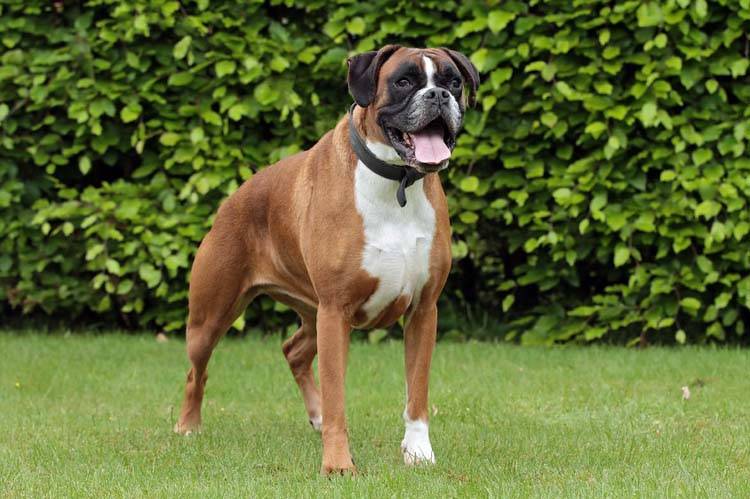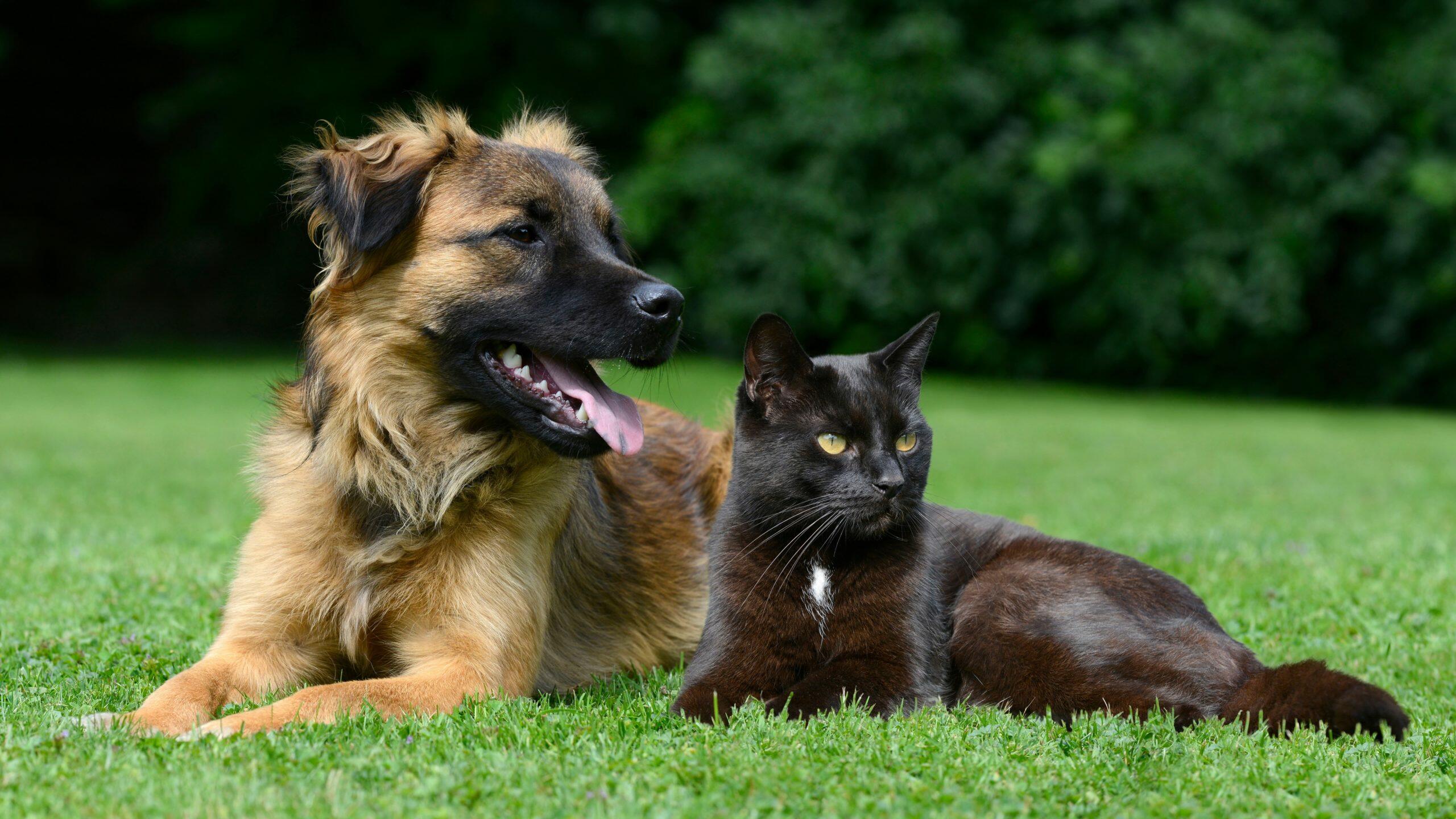Boxer Facts
Characteristics
According to the AKC Registration Statistics, the Boxer was the sixth most popular dog breed in the United States in 2008. Boxers seek affection from their owners, especially children, making them great family dogs. Not only are they good companions, but they also make great guard dogs because of their protective nature. The Boxer is a part of the working group. Dogs in this group are generally dominant in character due to the type of work they are bred to do. They’re bred for guarding or protection purposes.
History
The Boxer was developed in Germany for dog fighting and running large animals down in hunting work in the early 19th century. The Boxer was imported to America after World War I. The Boxer comes in two colors—fawn and brindle. According to the AKC, “The ideal Boxer is a medium-sized, square-built dog.” The male Boxer should be 23 – 25 inches at the withers, and the female Boxer 21½ – 23½ inches at the withers.
Customarily, dog owners will dock the tail and ears of a Boxer. When showing your Boxer, it’s acceptable to have uncropped ears. However, an uncropped tail will be severely penalized. If the ears are uncropped, they should be thin and lay flat and close to the cheeks, falling forward with a definite crease when alert.
The lower jaw should protrude further than the upper jaw, curving upward. The size of the head will be based upon the proportion of the muzzle to the skull. The muzzle should be one-third the length of the head and two-thirds the width of the skull. When in competition, the Boxer is first judged on general appearance and overall balance, then individual body structure with special attention to the head.
Dog Training Tips
In dog training, you will learn that the Boxer is often labeled as stubborn. This is due to the independent nature of the breed. Some owners may even suggest their Boxers are dominant or possessive. In dog obedience, you’ll need to explain to your clients that they need to demonstrate fair and consistent leadership with this breed. If they don’t, the dog may take over the household. The Boxer should never show signs of a fearful or timid temperament. This is something you should review when choosing your dog, especially when adopting at your local animal shelter.
RELATED: How to Select a Dog Breed Part 1
Oftentimes, if a Boxer doesn’t have a diligent leader, he will acquire bad behaviors like food or toy guarding. In general, the Boxer has a playful and friendly disposition. He is often seeking attention and approval from his human companions. This makes positive reinforcement the ideal type of training for Boxers. By using food and praise as rewards for your Boxer, he’ll be more willing to work for his place in the home.
Owning a Boxer
If you’re looking for a canine companion who is both affectionate and protective, the Boxer is the dog for you. The Boxer requires minimal grooming and daily exercise. He best fits in a home environment with a yard. However, apartment living will suit a Boxer who is exercised regularly. If you’re a new dog owner, keep in mind you’ll need to be a strong leader in the household with this breed. The Boxer is a good family dog as they are and have been protective playmates for children for decades.
Sources:
www.akc.org/reg/dogreg_stats.cfm
www.dogbreedinfo.com
You may also like: Maltese







